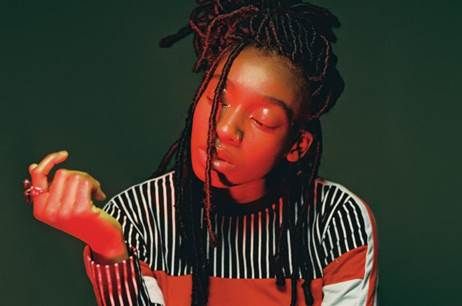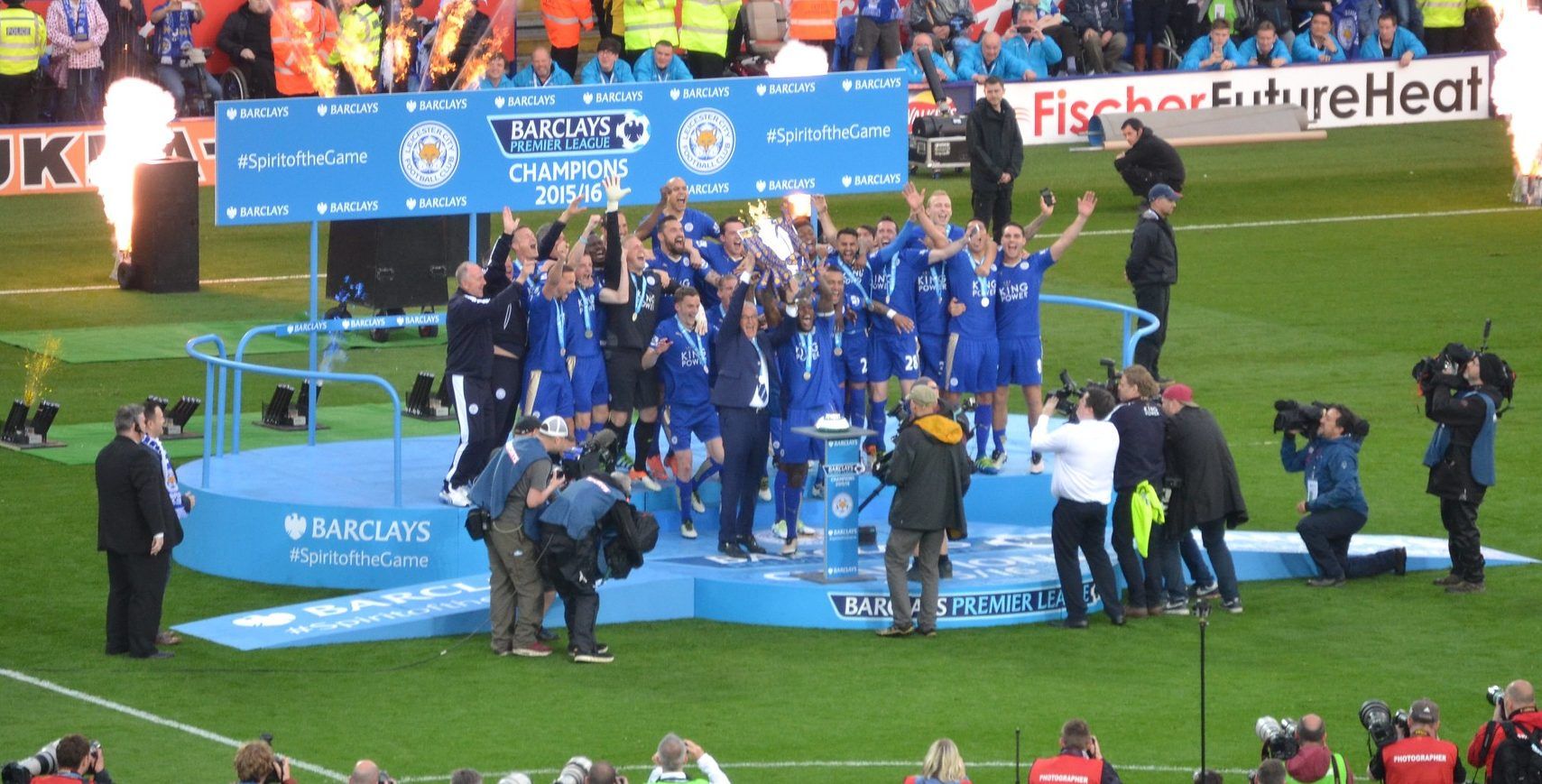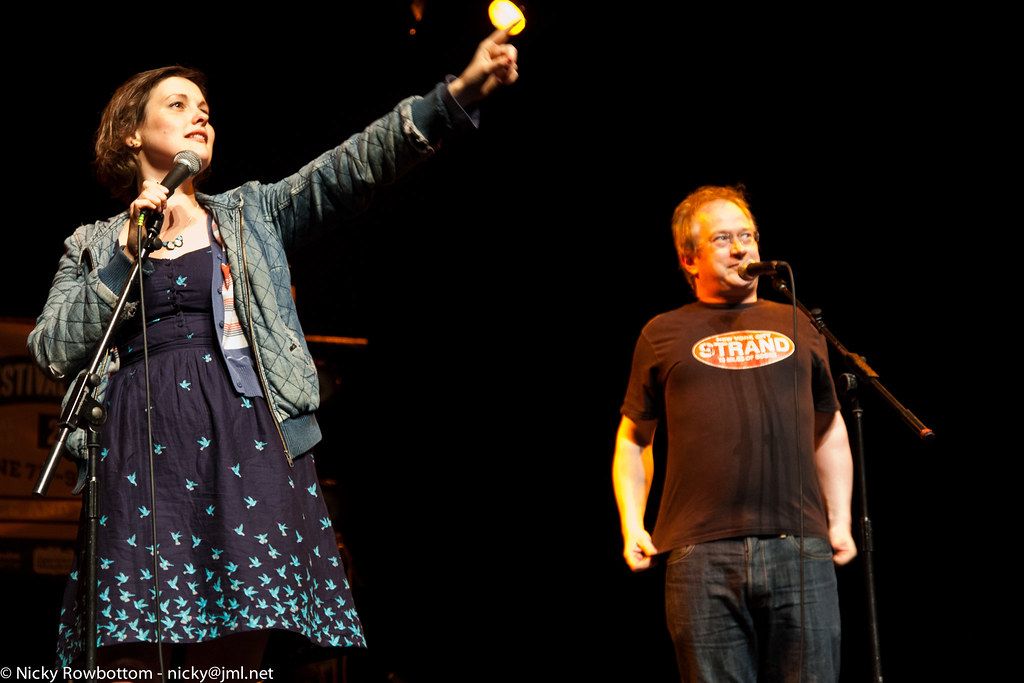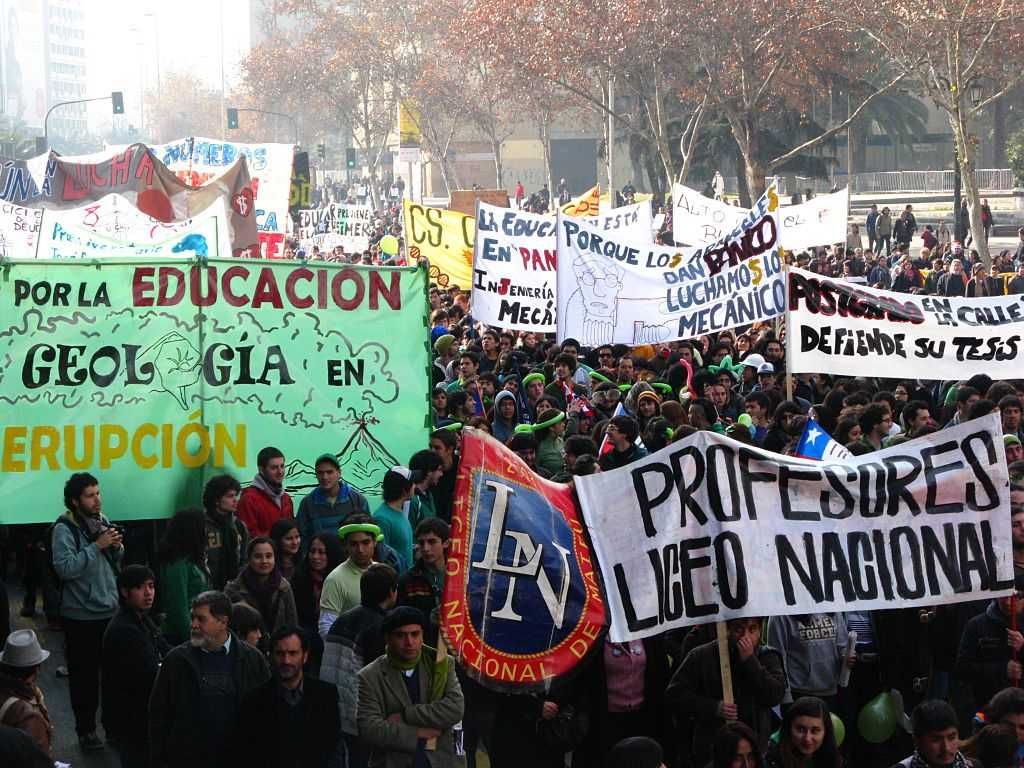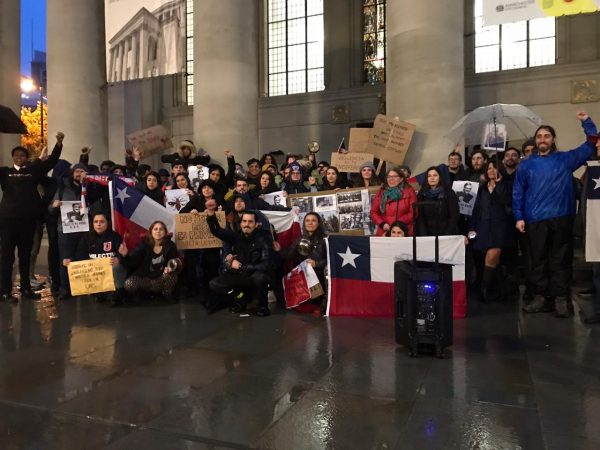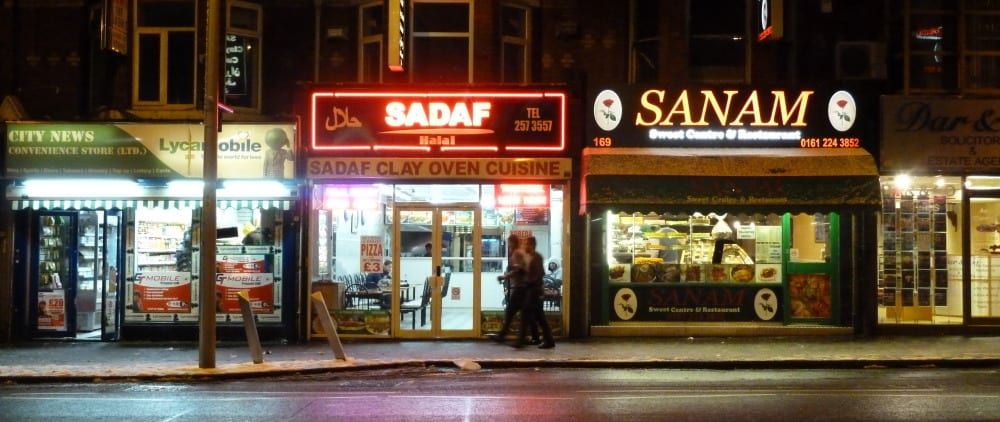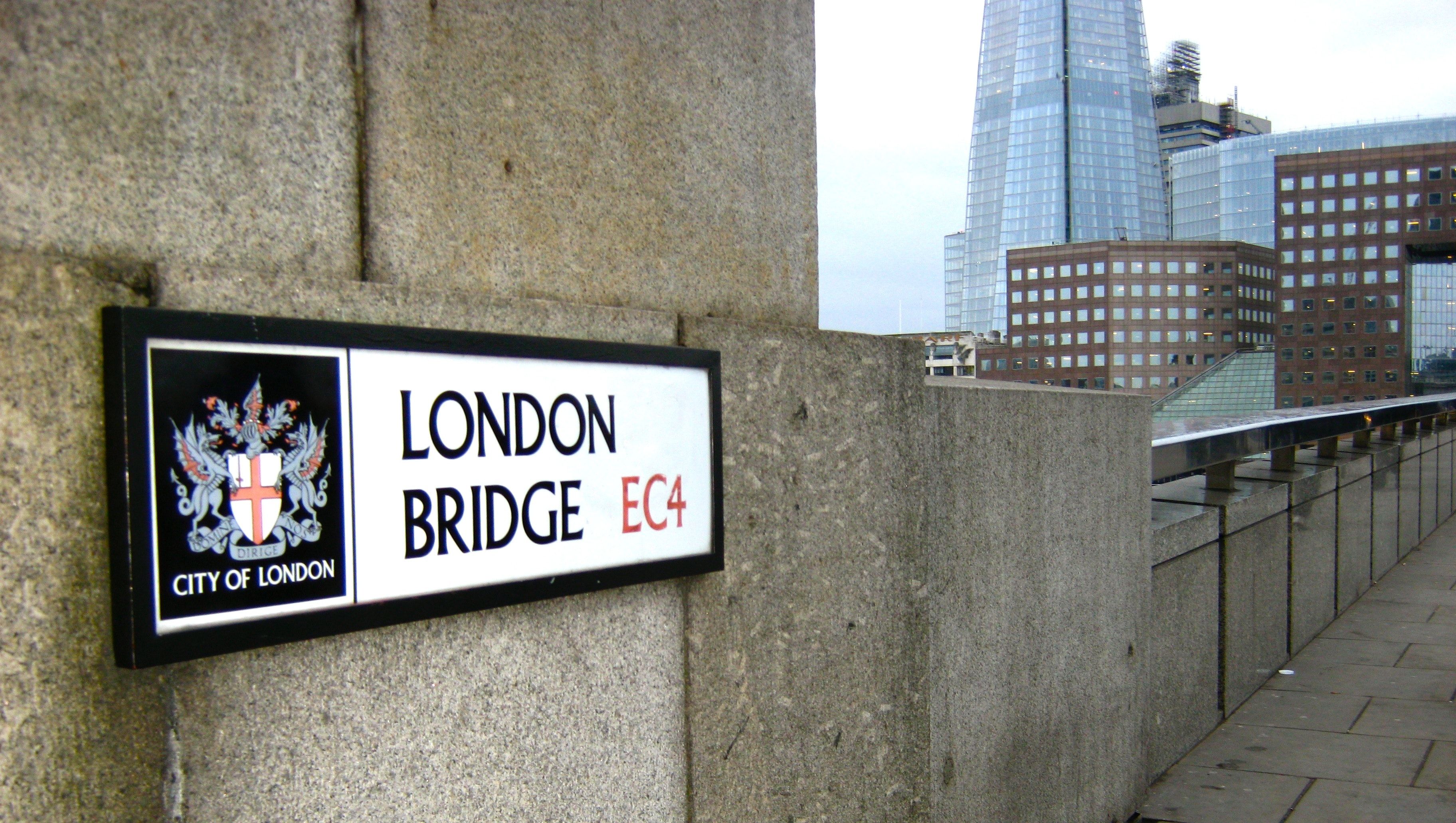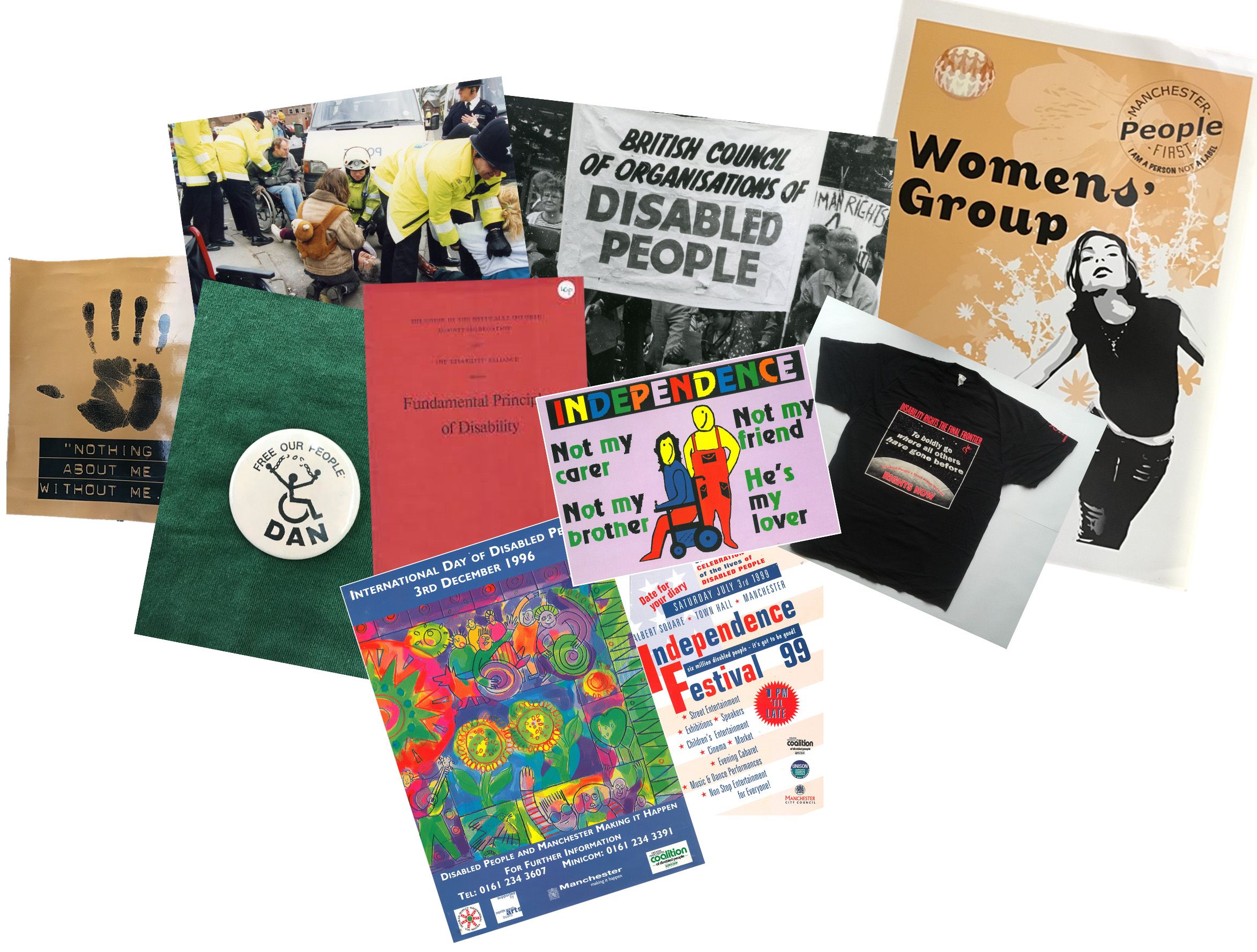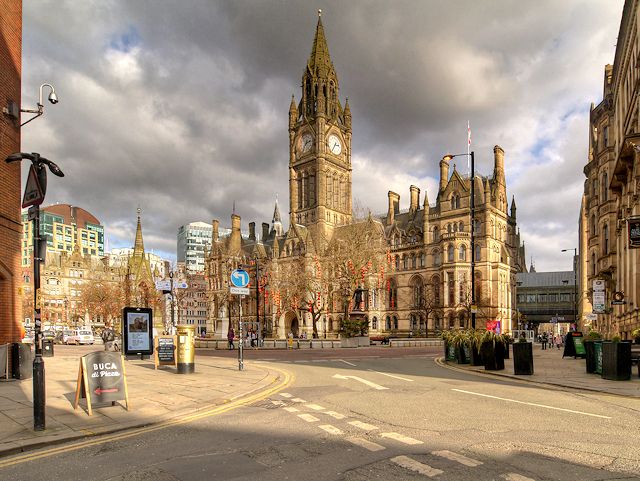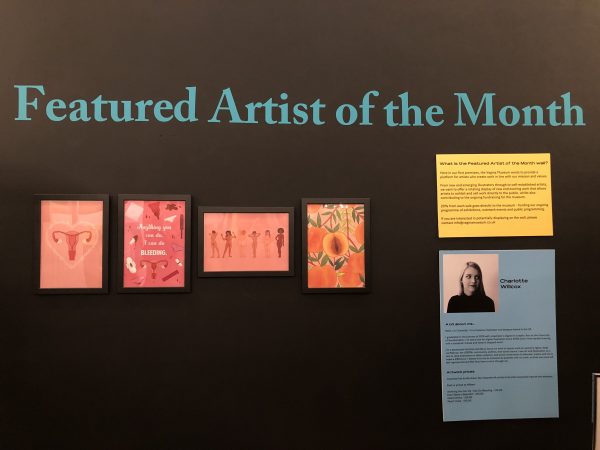The 2010s have seen some of the best, and maybe worst, music released. From ‘Gangnam Style’ to ‘Thrift Shop’ this decade has given us some of the weirdest and wackiest internet-driven music. We’ve seen The Beatles be overtaken by One Direction as the biggest boy band on the planet, the K-Pop genre unexpectedly dominating global charts, and Miley Cyrus swing naked on a wrecking ball.
The growth of streaming services and social media this decade has made music more accessible for both the maker and the listener. Not only has this connected pop stars and their fans, but it has also helped the independent and DIY scene thrive like it never has before. Software like Garage Band gave us a new music genre in bedroom artists, and the Vinyl Revival helped independent music shops stay afloat.
The 2010s have been especially good for women, who have continuously challenged gender discrimination and inequality in the industry. Toxic and over-sexualised music is continuing to fade fast thanks to a new wave of pop icons such as Adele, Taylor Swift and Billie Eilish. At the beginning of the decade, we saw Amy Winehouse bring soul and jazz into the mainstream, and her death in 2011 is still one of the industry’s greatest losses. At the end of the decade, we saw Ariana Grande hold one of the most emotional, yet inspiring, concerts with One Love in Manchester.
To celebrate this iconic decade we decided to ask our music team what their favourite album of the 2010s was. Having grown up in the 2010s, the music we’ve heard in this decade will likely be a huge part of our lives for a long time, and all music lovers can agree it’s been a decade unlike any other.
I think if there’s one thing we should take away from this last decade in music is that it is utterly impossible to predict where the music industry will be by the end of the next decade. All we can hope for is that women continue to thrive, the independent scene keeps growing, and that we hear lots of great more music.
– Bella Fleming, Head Music Editor
Bella Fleming
Courtney Barnett – Sometimes I Sit and Think, and Sometimes I Just Sit (2015)
Full of wit, sarcasm and incredible guitar riffs, Courtney Barnett’s first full LP, Sometimes I Sit and Think, and Sometimes I Just Sit, has to hold the crown for one of the best albums of the 2010s. Released in 2015, Barnett redefined what it meant to be a solo woman in the indie punk scene. Her punchy, poetic and brutally honest lyrics shine throughout this album, complemented with shrill guitars and a distinct Aussie twang. The track ‘Pedestrian at Best’ delivers the iconic line: “I think you’re a joke, but I don’t find you very funny”, while ‘Depreston’ sees Barnett singing about the perils of suburban life, and ‘Dead Fox’ looks at the impact global businesses have on the environment. Not only did Courtney Barnett carve a significant international platform for the isolated Australian music scene, but her whole attire and approach to music is also incredibly refreshing. Completely understated in her appearance, Courtney Barnett shows that women don’t have to dress up and wear makeup to sell millions of albums, yet doesn’t make a point about her attire nor use it as a marketing scheme. She is incredibly open and honest, as are the lyrics in her songs. Not many people made a point to sing about changing climates or having feelings of anxiety in 2015, or managed to make it as relatable and poetic, which is why I think Courtney Barnett’s Sometimes I Sit and Think, and Sometimes I Just Sit is the best album of the decade.
Alex Cresswell
Danny Brown – Atrocity Exhibition (2016)
To date, there hasn’t been a better industrial hip hop album than this. For an artist to so perfectly articulate, to so perfectly condense the chaos in their own life into a tracklist of 15 songs is a demonstration of Danny Brown’s phenomenal talent as a musician. Despite the conversation surrounding male, and in general, mental health having advanced significantly since 2016, we are still a long way off from where we should be and this alone is indicative of how progressive this album is. Here we see a person at their most vulnerable, not musing about lost love or braggadocio but facing up to their fundamentally troubled existence. This lyrical quality combined with the sublime production makes for an album that is equal parts emotionally interesting as it is sonically. At least half of the tracks are strong contenders for the best on the album and all occupy the niche of industrial hip hop to varying extents — a woefully underrated sub-genre. Danny Brown didn’t pioneer industrial, but in this album he offered it to us in its finest form yet; it has all the makings of a cult classic.
Lily Martin
Arctic Monkeys – AM (2013)
It is indisputable that this has to be considered as one of the most genre-defining albums of the 2010s. Consistently tipped as one of Arctic Monkeys’ greatest releases, the presence of now-iconic tracks like ‘R U Mine’ and ‘I Wanna Be Yours’ have become the anthems of a generation of young people in the indie-rock scene. Arctic Monkeys managed to delve deeper into themselves and their audience eight years after the release of their first album, with AM receiving almost unprecedented acclaim even to this day. A coherent but diverse blend of beautifully tailored tracks have become synonymous with the cult following of the band; this album will remain in the cultural mind frame of British music for decades to come.
Georgina Davidson
Janelle Monae – Dirty Computer (2016)
This stunning album is a culmination of creatively crafted sampled sound and catchy lyricism. It is true that Janelle has had some incredible collaborators over the years but none quite so transformative as Prince. This album was his final piece of producing work before his untimely death and it is a pretty great example of two brilliant minds working in perfect harmony to create something quite spectacular. Highlights include the rousingly anthemic ‘Crazy Classic Life’ which is lifted by the ever-more relevant sampling of Martin Luther King’s famous speech. American producer Grimes flexes her mixing muscles and features on the distinctive ‘Pynk’. The accompanying music video offers enough visuals to dazzle and dizzy, brave in its provocation and freedom of female anatomy. Other collaborators include Zoë Kravitz and Pharrell Williams who provide their individual skill sets to create uniquely textured tracks. If this was not enough the album cover in itself is a piece of art depicting Janelle like a bejewelled demi-goddess under a golden orb. An album of the decade which captures the artist’s style and sound brilliantly.
Reece Ritchie
Chance The Rapper – Colouring Book (2016)
My choice for album of the decade was a difficult one, with so many great projects being released in the past ten years across the many genres I love, I found it difficult to narrow down my choices. However, when I thought of the album that really diversified my music there was no other than Chance the Rapper’s third mixtape Colouring Book. Following the critically acclaimed Acid Rap this celebration of gospel hip-hop features artists such as Kanye West, 2 Chainz and Kirk Franklin across a selection of upbeat, yet thoughtful tracks that can lift any mood. This album was my introduction to hip hop and the project that allowed me to expand beyond the indie music of my pre-teens, whilst also being the only mixtape and streaming-only project to win a Grammy. Many thought Chance would never surpass Acid Rap but I believe this is his Opus.
Jess Foster
Sundara Karma – Youth is Only Ever Fun in Retrospect (2017)
My favourite, and most memorable record of the decade, is undoubtedly Youth is Only Ever Fun in Retrospect by Sundara Karma. From the religious undertones of ‘Olympia’ posing the question “Is heaven such a fine thing?”, to the guitar-driven indie favourite ‘She Said’, the record truly established the talents of Sundara Karma in the industry. I love the sophistication of their lyricism, but with meaning that can relate to anyone growing up, especially in ‘Deep Relief’ and ‘Be Nobody’. Is it the most experimental record? No. Sundara Karma definitely pushed the boundaries with Ulfilas’ Alphabet, but their debut album captured the hearts of many with its different take on the indie genre. Although their lyricism is often an allusion to thoughts deep and philosophical (‘Flame’), Youth is Only Ever Fun in Retrospect is nevertheless a coming-of-age record, and it certainly defined the last of my teenage years.
Robbie Beale
Radiohead – A Moon Shaped Pool (2016)
Throughout their lengthy career, Radiohead have mastered vulnerability, experimentation and instrumentation. This album is a culmination of those key qualities, presenting Radiohead at their most fragile. The album’s production was heavily overshadowed by singer Thom Yorke’s divorce with longtime partner Rachel Owens, whilst producer Nigel Godrich (often cited as Radiohead’s sixth member) lost his father on the day of the recording of the orchestra for lead single ‘Burn The Witch’. Indeed, the first and last lyrics on the album are “stay” and “leave”. On experimentation and instrumentation, the album is one of Radiohead’s least ‘rocky’ yet, incorporating Latin shuffles with orchestral symphonies and folk riffs seamlessly. Even amongst these genre-defying, grief-ridden tracks Yorke still finds time to critique Europe’s response to the ‘refugee crisis’. Don’t believe, however, that this album is a depressing one. Its defining characteristic is its innate beauty, which will translate into the next decade and beyond.
Jemma Harris
Glass Animals – ZABA (2014)
ZABA is my album of the decade because after more than five years, I still haven’t heard anything like it. It is a well-crafted psychedelic indie album with subtle hints of hip-hop laced throughout. The vocals are soft yet somewhat powerful, and come across more like another instrument. Some of the samples used in the songs were produced by unconventional methods like pots and pans filled with water. The songs melt into each other with overlaps at the beginning and end of tracks and the album flows seamlessly. While the music is undeniably excellent in my opinion, the album art shouldn’t be ignored. From the colour scheme to the small details that link to some of the songs, the jungle scene perfectly captures the atmosphere of ZABA. It is all of these, and much more, that make ZABA so special.
Brendan Nixon
Ezra Furman – Perpetual Motion People (2015)
Over the past decade, Ezra Furman has established himself as a fierce voice of rebellion, speaking out on behalf of all marginalised, disenfranchised people across the world. In my opinion, there is no better way to do this than by writing what is, essentially, a pop album. With a sprinkling of folk and a recurrent theme of oppositionist rock’n’roll, Perpetual Motion People is packed with catchy hooks and infectious saxophone solos proving that protest music doesn’t always have to sound abrasive and grating. It exhibits an astounding collection of musically diverse tracks tackling issues close to Furman’s heart. Whether the singer is expressing his refusal to be defined by gender, or simply celebrating his body for the way God made it, a striking spectrum of emotion is captured in just thirteen songs. Perpetual Motion People is a fitting celebration of humanity’s inherent diversity which will leave you feeling uneasy but at peace with your discomfort.
Emma Heslington
Kendrick Lamar – To Pimp A Butterfly (2015)
Kendrick Lamar’s 2015 LP To Pimp A Butterfly does not allow itself to be pinned down by genre, industry or society. With elements of jazz and soul incorporated into Lamar’s West Coast hip hop sound, this powerful album effortlessly makes its way into the top 10 of the decade. Following good kid, m.A.A.d. city, Kendrick Lamar returned with the unapologetic To Pimp A Butterfly, entailing a powerful social commentary addressing police violence, white supremacy and black power. Eight days prior to the scheduled release date, 15th March 2015, fans were greeted with powerful reflections of the struggles Kendrick faced throughout his rise to fame and riches. The high energy in ‘King Kunta’ and ‘Alright’ is maintained throughout the album making it an addictive listen, with the drive still being held throughout spoken word elements. The final track ‘Mortal Man’ ends the album with a potent message on Kendrick’s exploration of conscious music, ending with a Tupac Shakur audio feature from 1994, which fittingly concludes the political themes presented throughout the album.
Blake Crompton
Death Grips – The Money Store (2012)
My favourite album of the last 10 years has to go to The Money Store by Death Grips. Being by far one of the best Death Grips albums, the visceral aggression combines genres of all aspects: hip-hop, noise, spoken word, punk, glitchy horror. This record reaches far and rips out deeper than, with each fresh listen showing another side of itself, a feat of any record. Even extending beyond music alone, this album has a worldwide impact with nearly every image and line become a meme. The topics and amazing musical depth are what makes this album by far my favourite of the past ten years.
